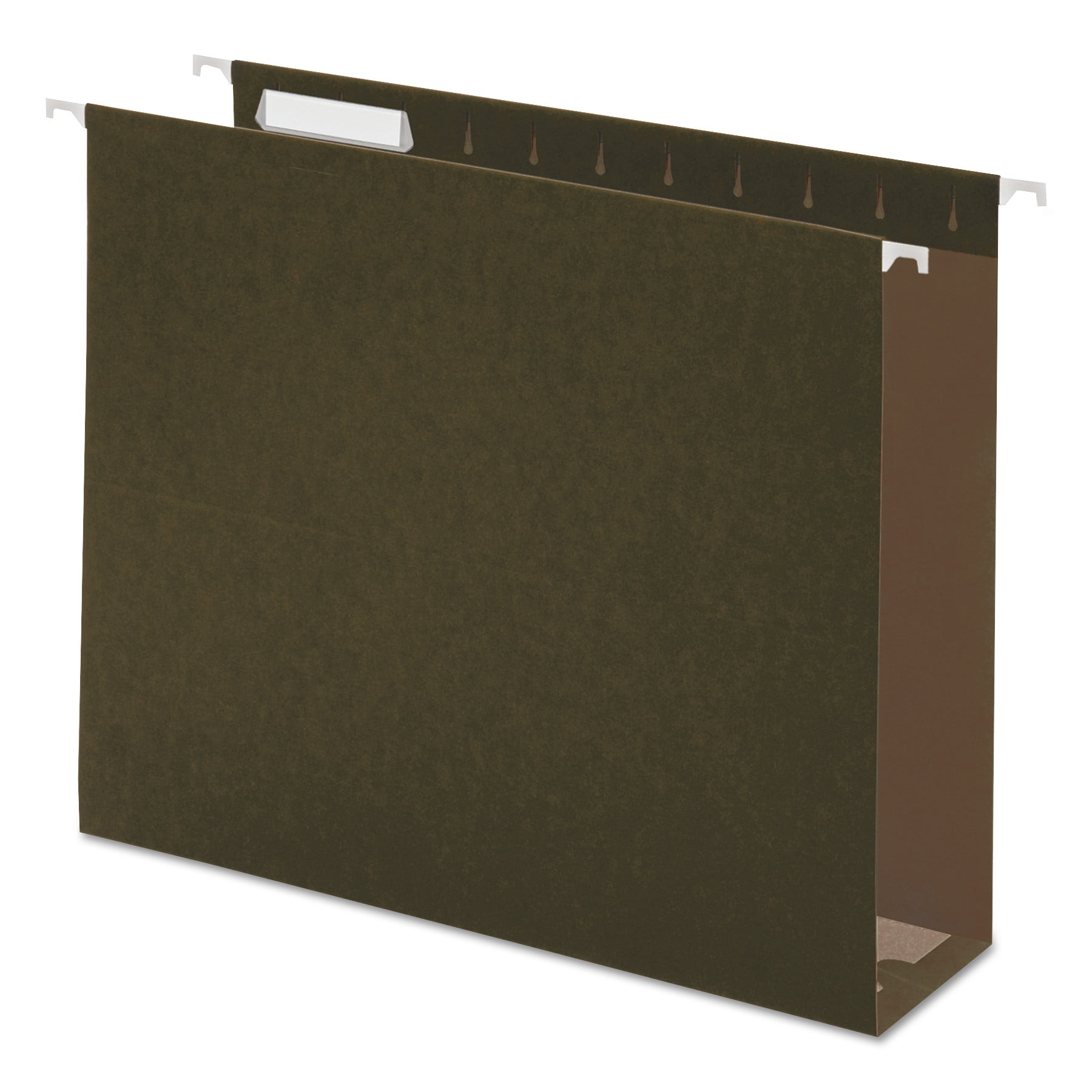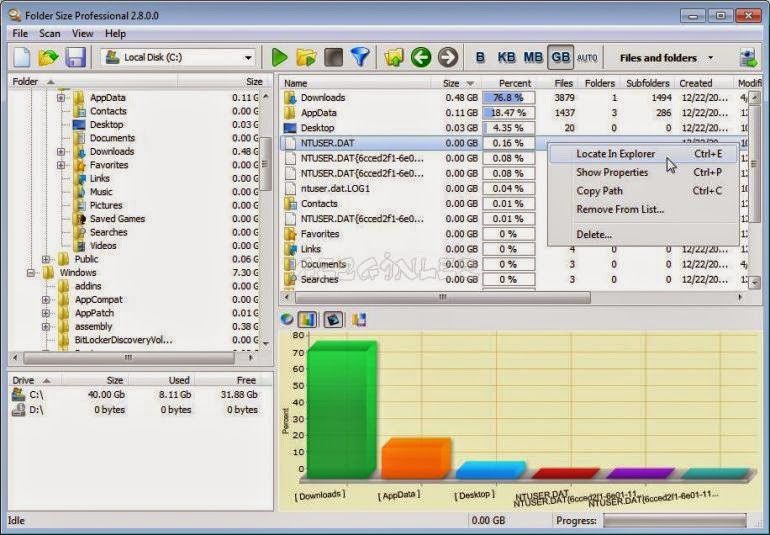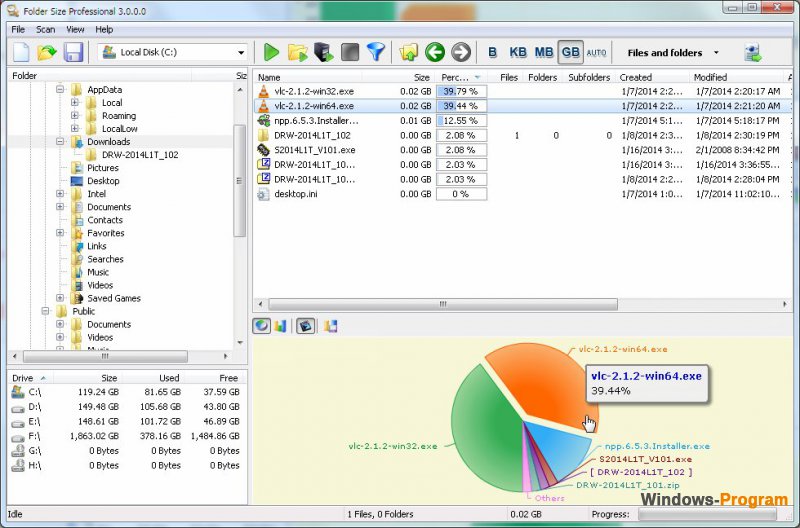

Step 3: To check the folder size, right-click on it and open the context menu. Step 1: Open the File Manager app on Windows 10. Most users opt for this trick to check the folder size, the number of files, see hidden files, rename folder, advanced sharing options, and more. This trick will give you more details than the simple folder size on Windows 10. If the folder size is big in hundreds of GBs, you might not see the folder size immediately with the trick. The problem with the method is, something it’s unreliable and won’t show the folder size. Hover the mouse pointer over the folder in the File Manager app and it will show the date created, time, folder size, and folder contains. But it does come with a glaring limitation. Ideally, simple UI behaviour would handle many usage styles: small or maximized Explorer windows, single or multiple monitors, etc.This is the easiest way to check the folder size on Windows 10. The popups auto-size and position, but it's tricky. Popup windows frequently cover up Explorer's Close button.Background scanning is not optimized: Windows Vista/7/8 support I/O priorities, which should be used to keep scanning fast while keeping the system responsive.This would work better with multiple accounts in Windows XP too. The service already does this internally. The system-permissions service should really be abandoned in favour of user-level caches.

The background service is difficult to manage with Windows's UAC model.

I've started this, but it's not working yet.

This has the effect of making the Windows directory appear larger than it really is! I think the best solution is to split Size into two concepts: Logical Size and Physical size.


 0 kommentar(er)
0 kommentar(er)
